“It operates more simply than it looks on paper,” says Alan Russell of Raith Supporters Trust.
Following the news – broken by Courier Sport – that Raith Rovers are seeking new investment and could be sold, we spoke to the fan group chief about his preferred way forward for the club.
Courier Sport also asked Russell to explain the complex ownership model at Stark’s Park.
In an article for Scottish football periodical Nutmeg in 2017, Russell described it as “one of the most complicated structures in Scottish football”.
Four companies
Russell tells Courier Sport the main difference is that where most clubs will have one or two companies that own the club and stadium, “what we have at Raith Rovers is we have four”.
“So we have two holding companies that are in the middle,” he adds.
The club has the usual two – Raith Rovers Football Club Ltd and Stark’s Park Properties Ltd.
Then there are two holding companies: Raith Rovers FC Holdings Ltd, set up in 1994 to allow new investment; and New Raith Rovers Ltd, part of the Reclaim The Rovers community takeover in 2005 when the future of Stark’s Park was threatened.
In 2017 John Sim – already the majority shareholder in Stark’s Park Properties Ltd – became the majority shareholder in New Raith Rovers Ltd, giving him a controlling interest in both the club and the stadium.
“In the current level of ownership, [the two holding companies] are almost redundant because the control is in Stark’s Park Properties and the footballing activity is in Raith Rovers Football Club Ltd.
“So it’s a club now where the stadium and the football club are owned, by and large, by the same people.”
Russell is a proponent of fan ownership, mainly as it guards against the kind of threats to the stadium that rallied the fans in the mid-2000s.
That’s not to say he thinks the period under Sim has been a poor one – or that fan ownership comes without its flaws.
Stability and security
Compared to the likes of the Claude Anelka years he says it’s been a “relatively good period for the club”.
“At the moment, with the club owned by the same individual [as the stadium], it doesn’t have that vulnerability about it,” continues Russell.
“But it does mean that things can change rapidly and the costs of running that football club are theoretically separate from the ownership of the stadium.
“And when any new owner comes in, if it splits control of the ownership of the two companies, then that’s a risk to the football club.
“We’ve seen clubs in the past, in Scotland and elsewhere, become vulnerable because people want to but the physical aspect but don’t want responsibility for the football club.
“Under John Sim we’ve had someone with a controlling interest in both, that’s given us a period of stability and security.
“Even if at times we haven’t really know what his intentions were.
“But he’s done good things for the football club, for the community and in developing the stadium.”
- You can read Alan Russell’s Nutmeg article in full here
- The Raith Supporters Trust website can be found by following this link and a direct link to its infographic (used above) is here.
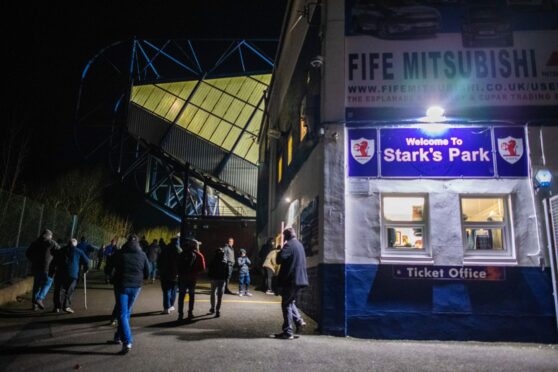


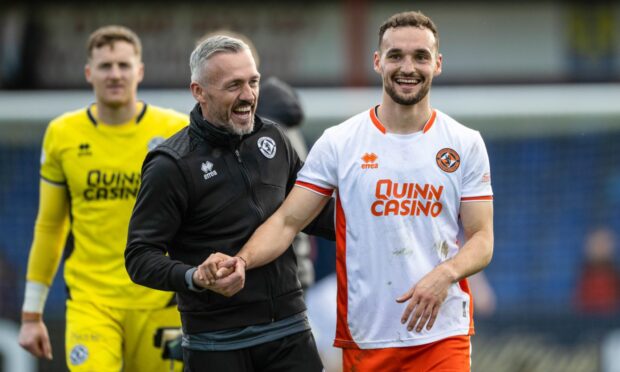
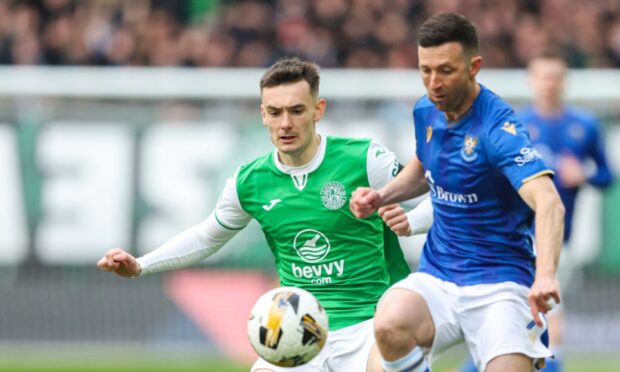
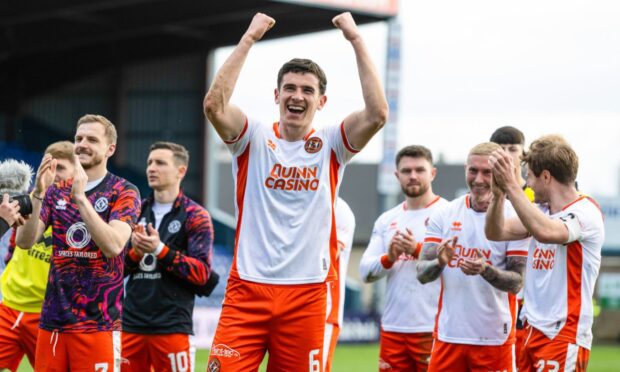
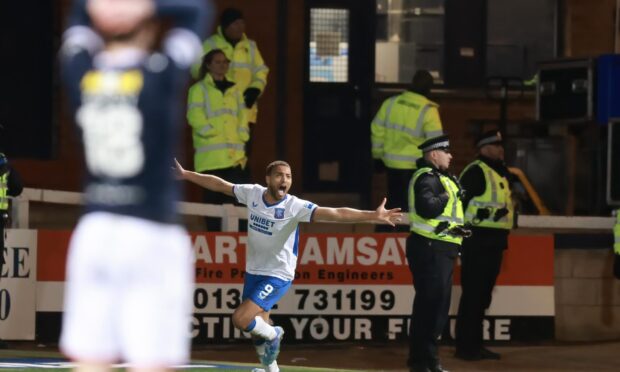
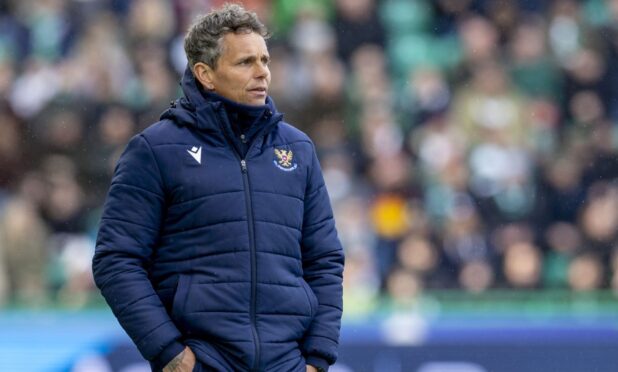
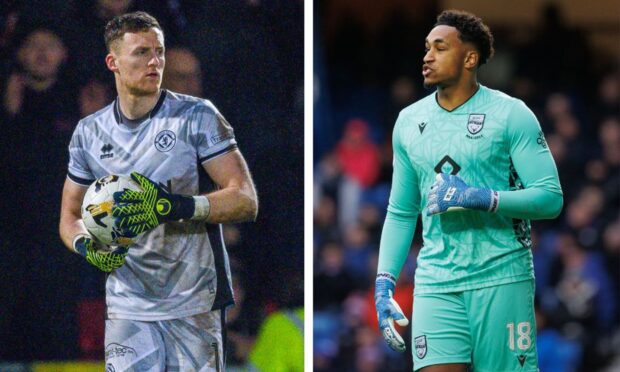
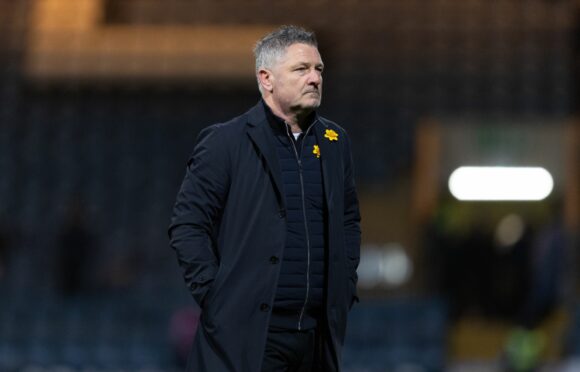
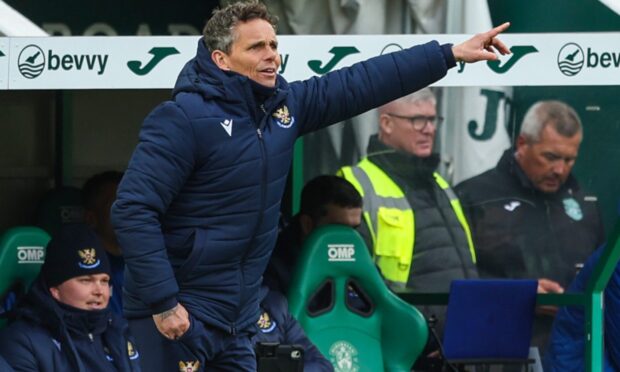
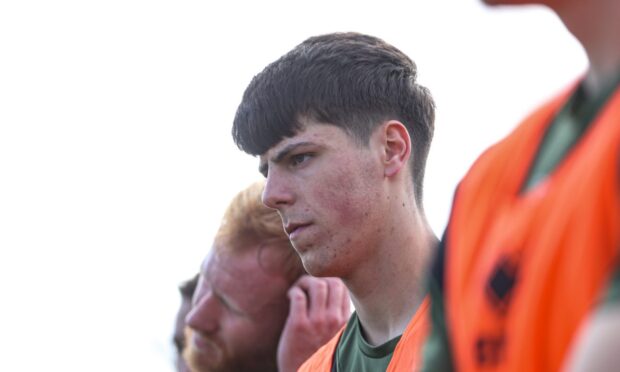
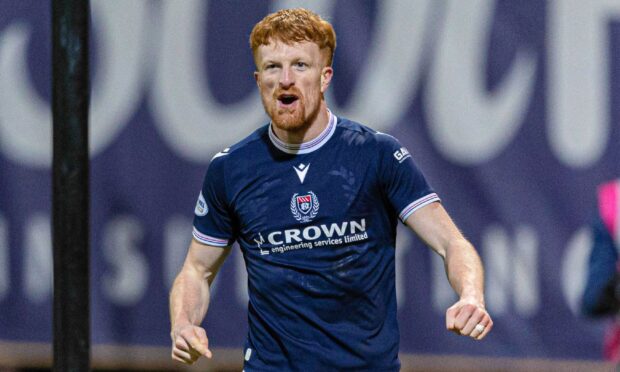
Conversation